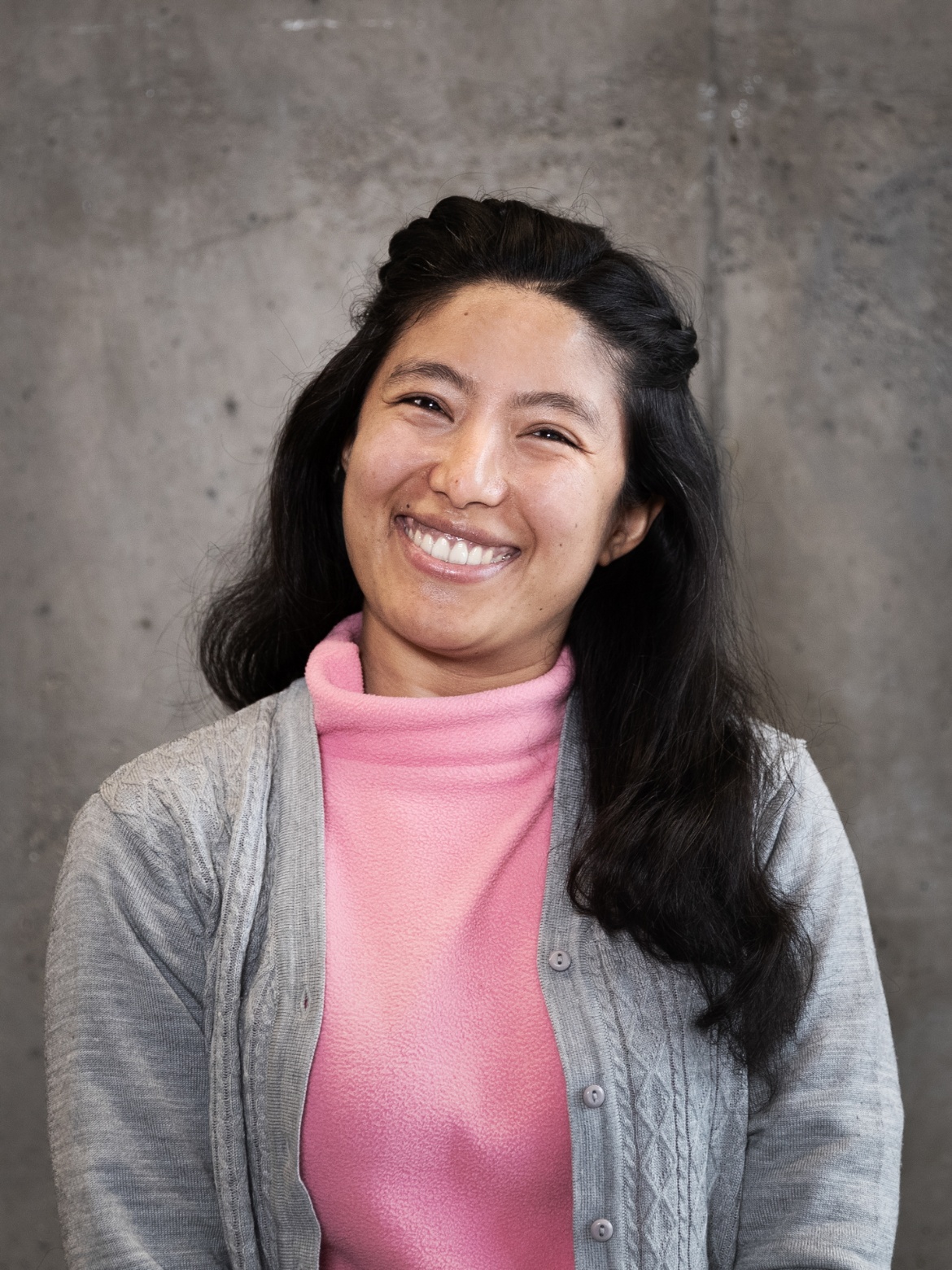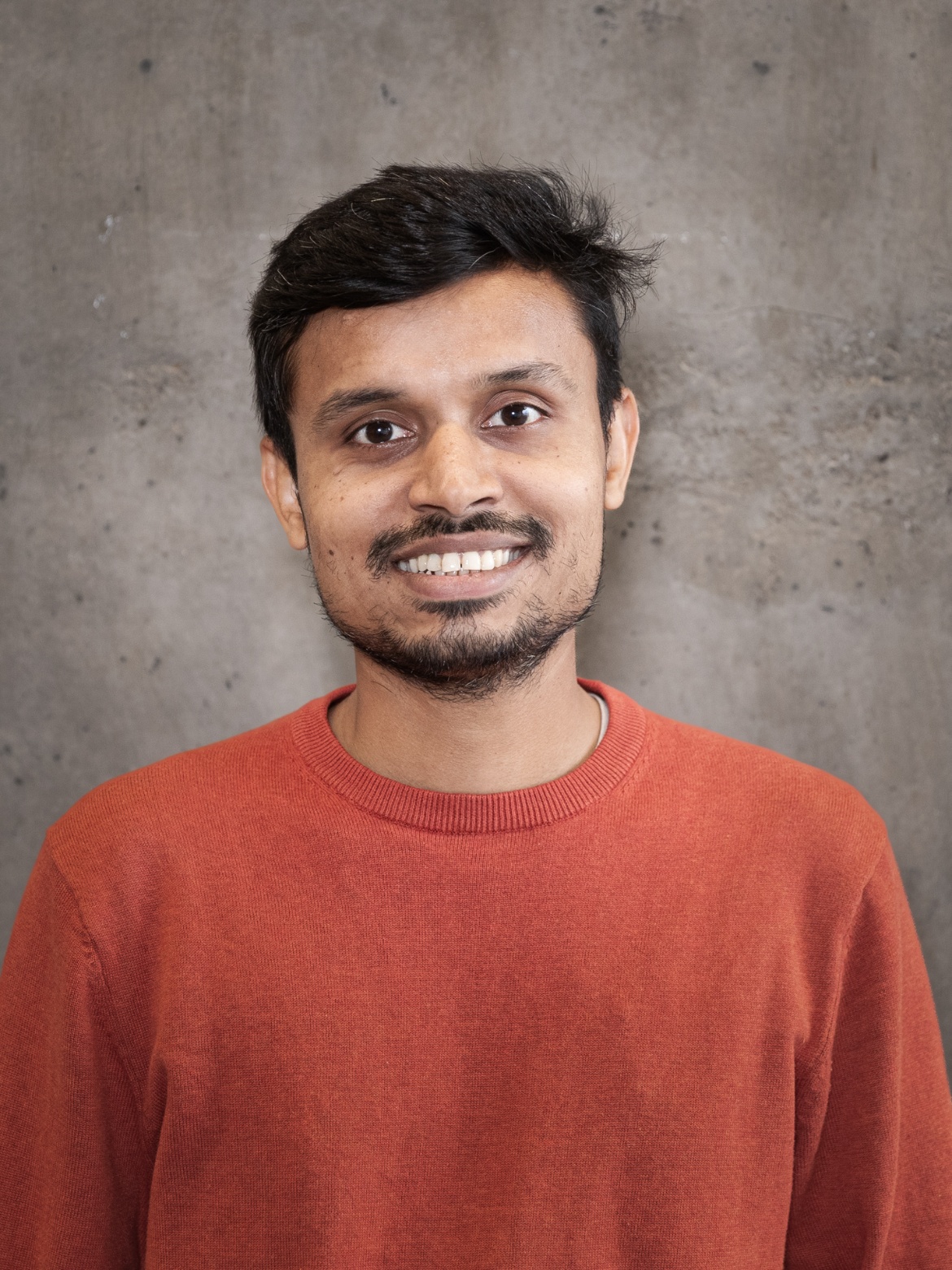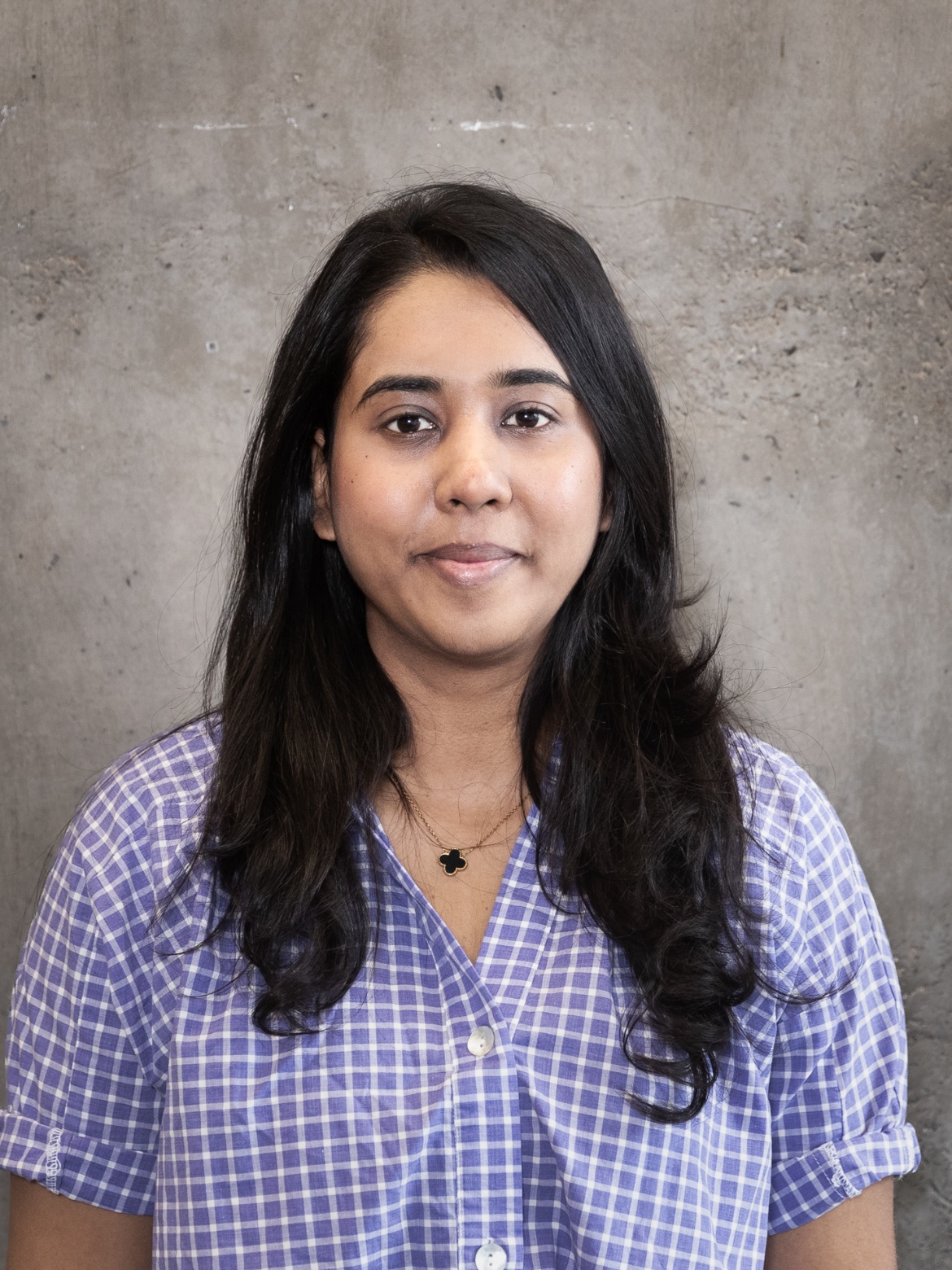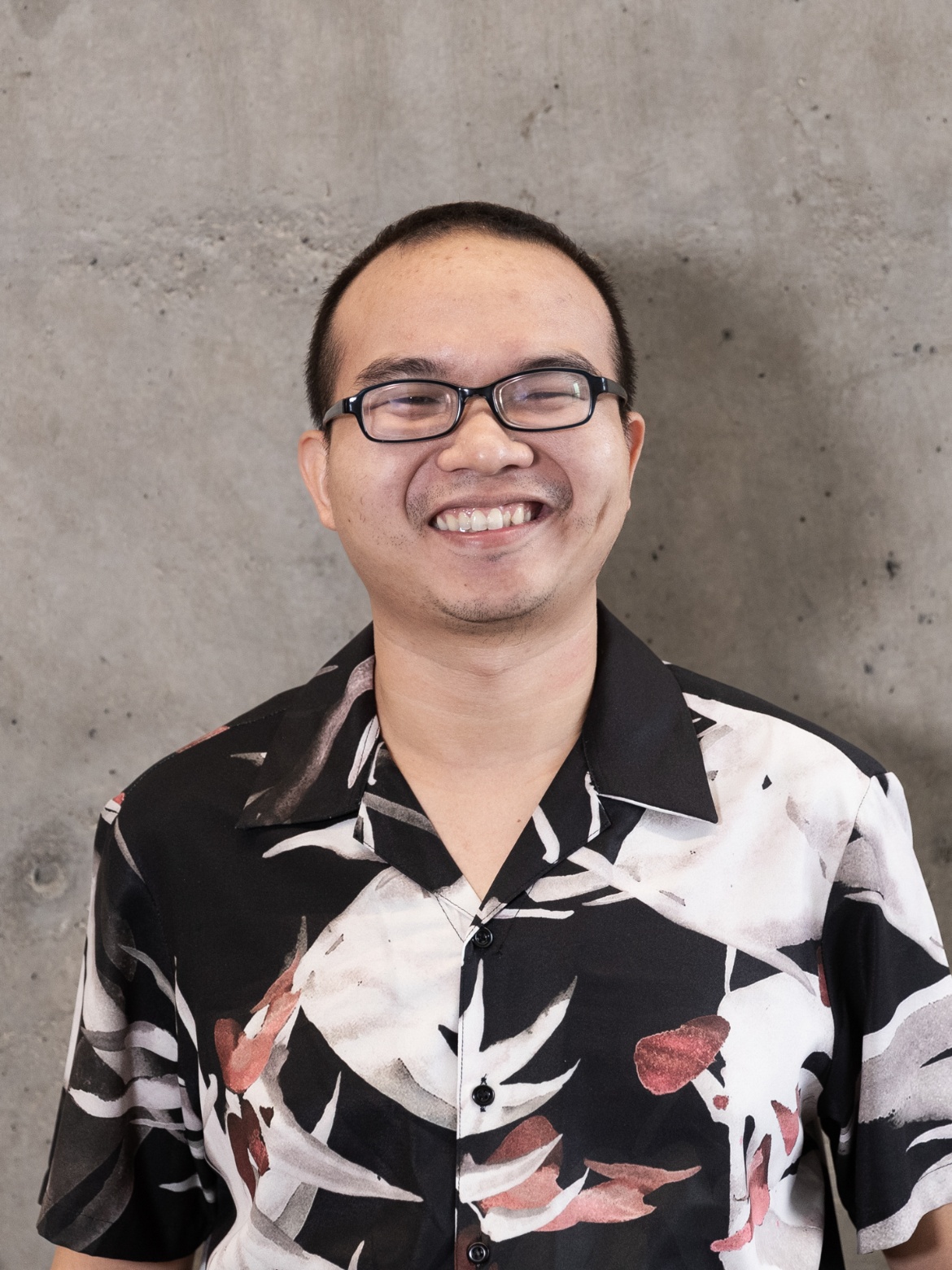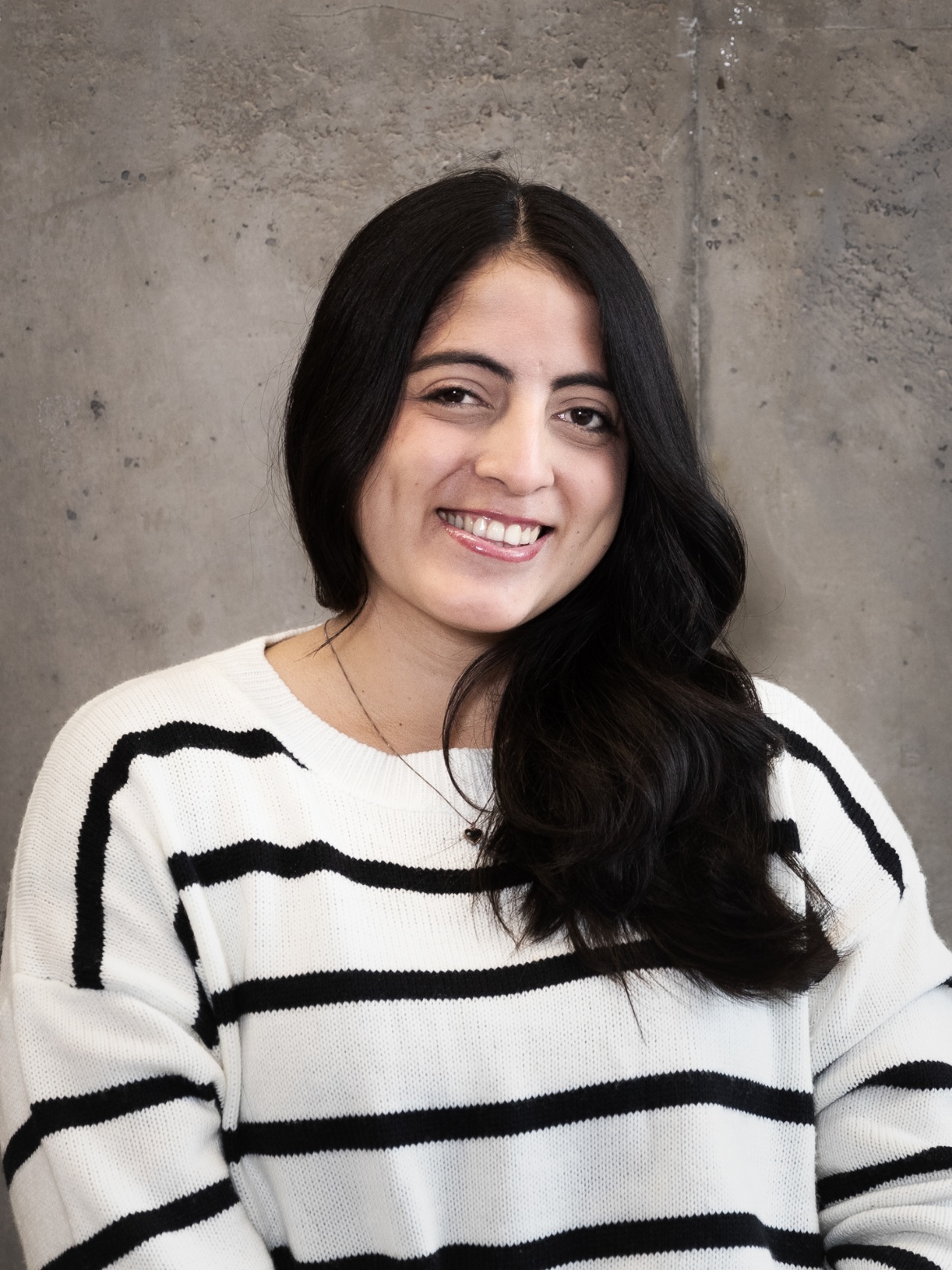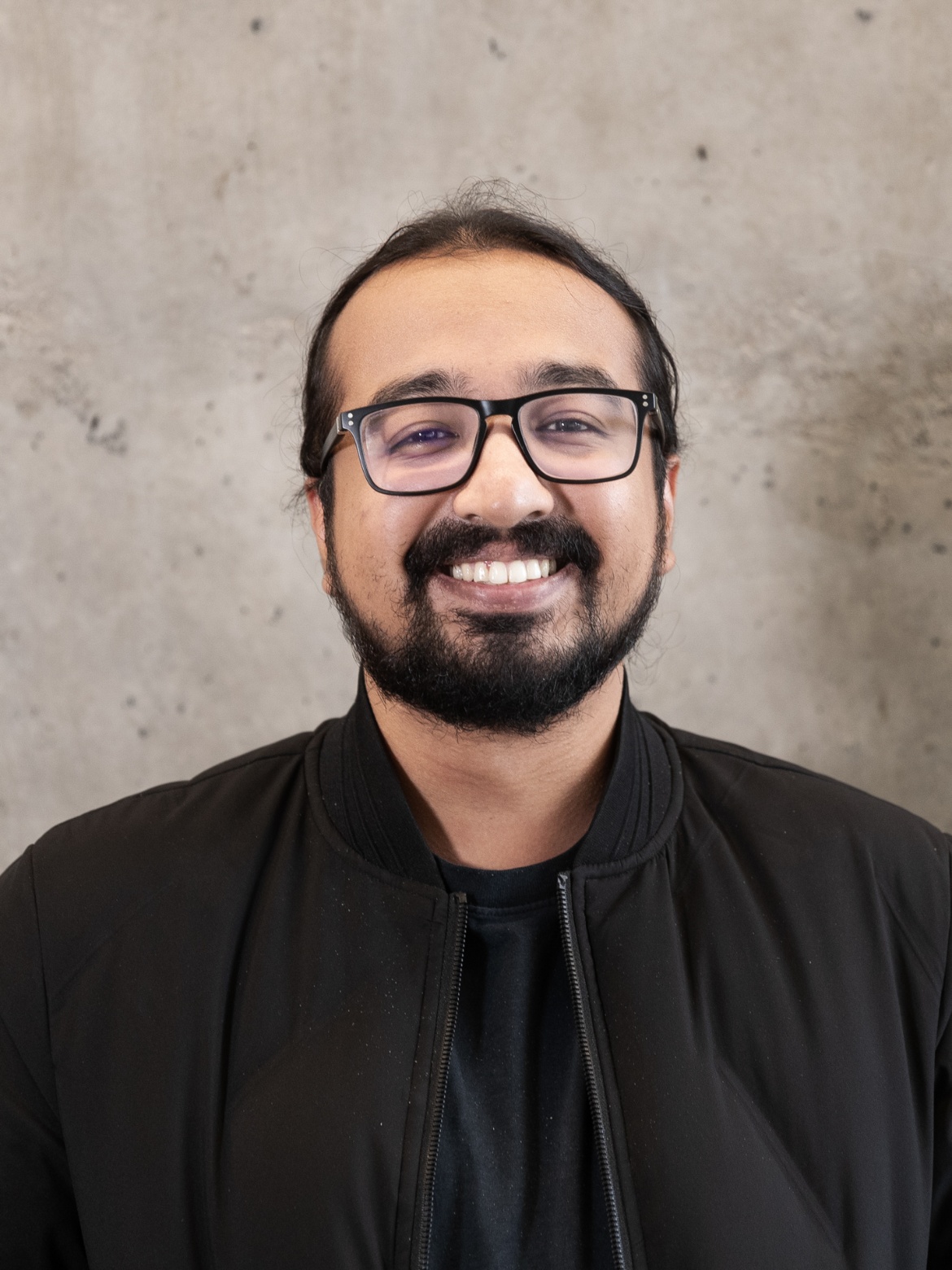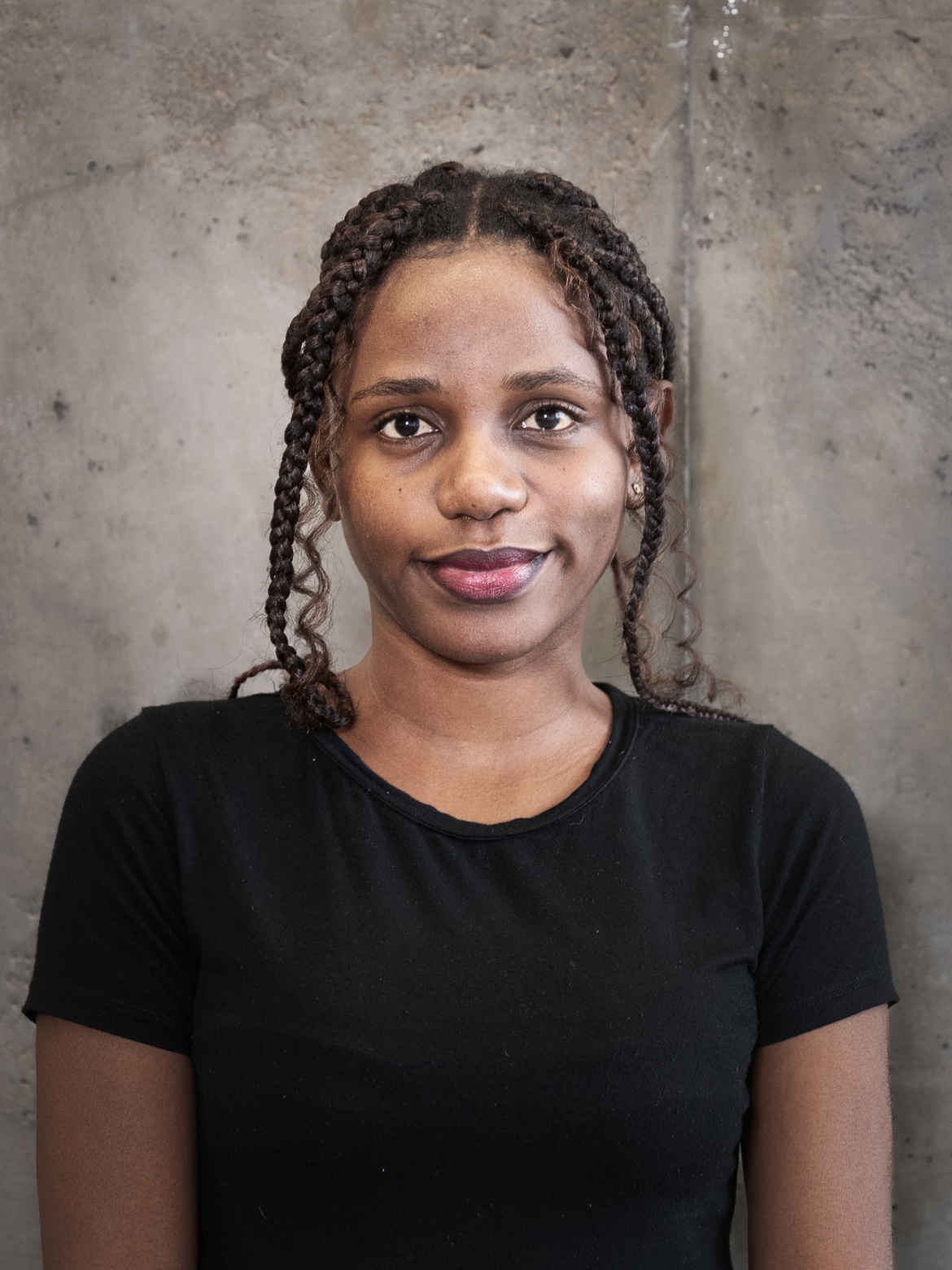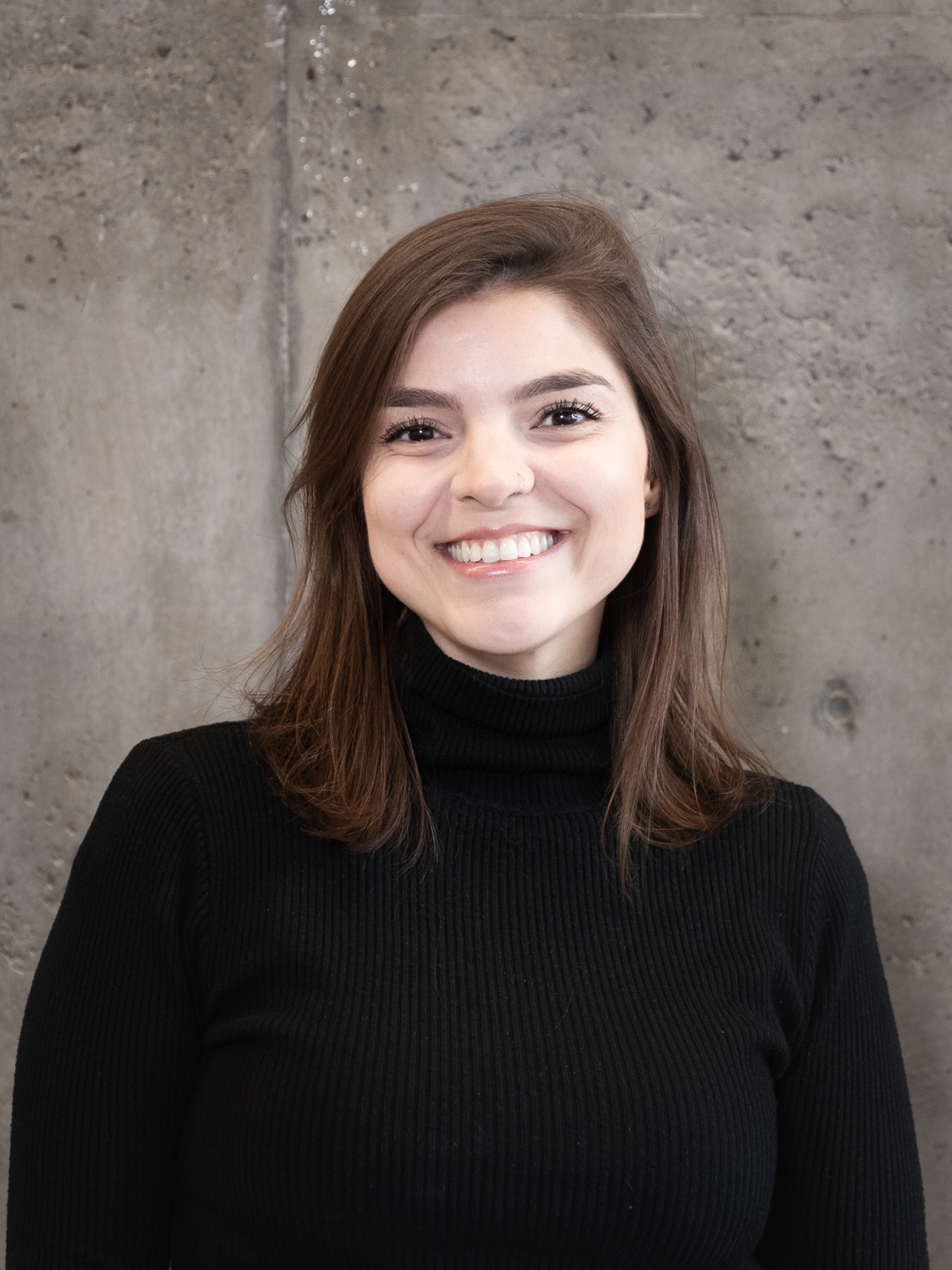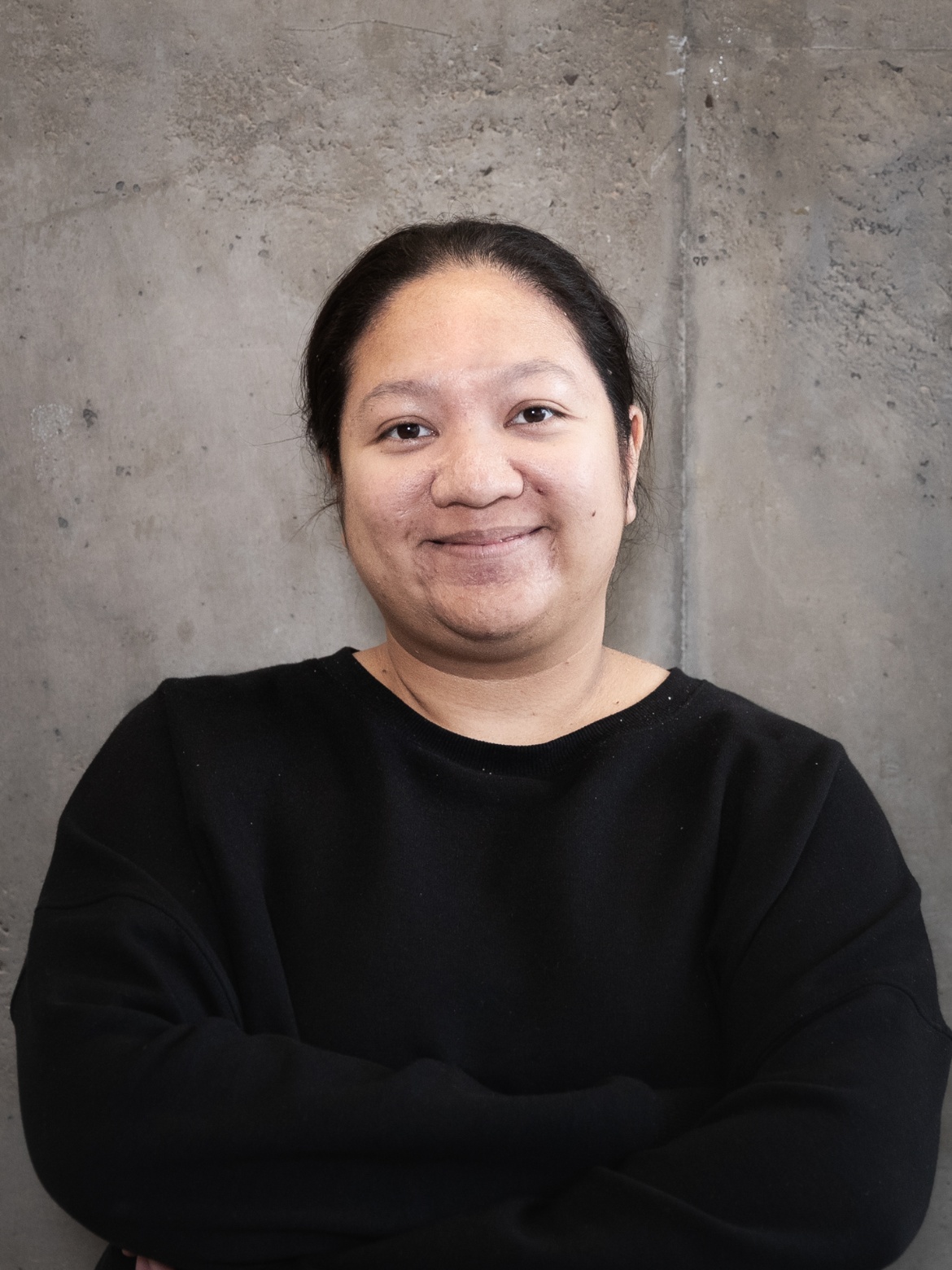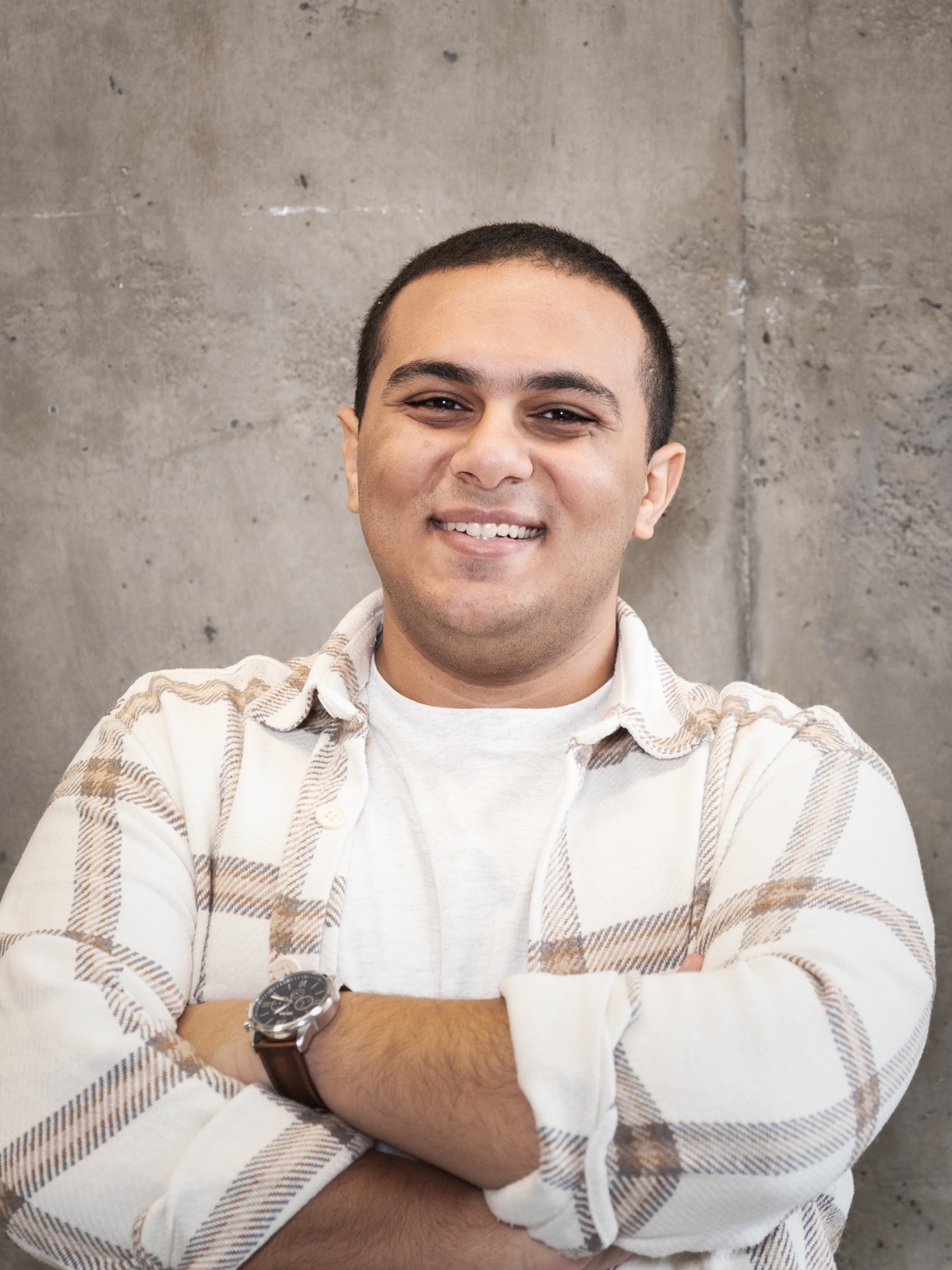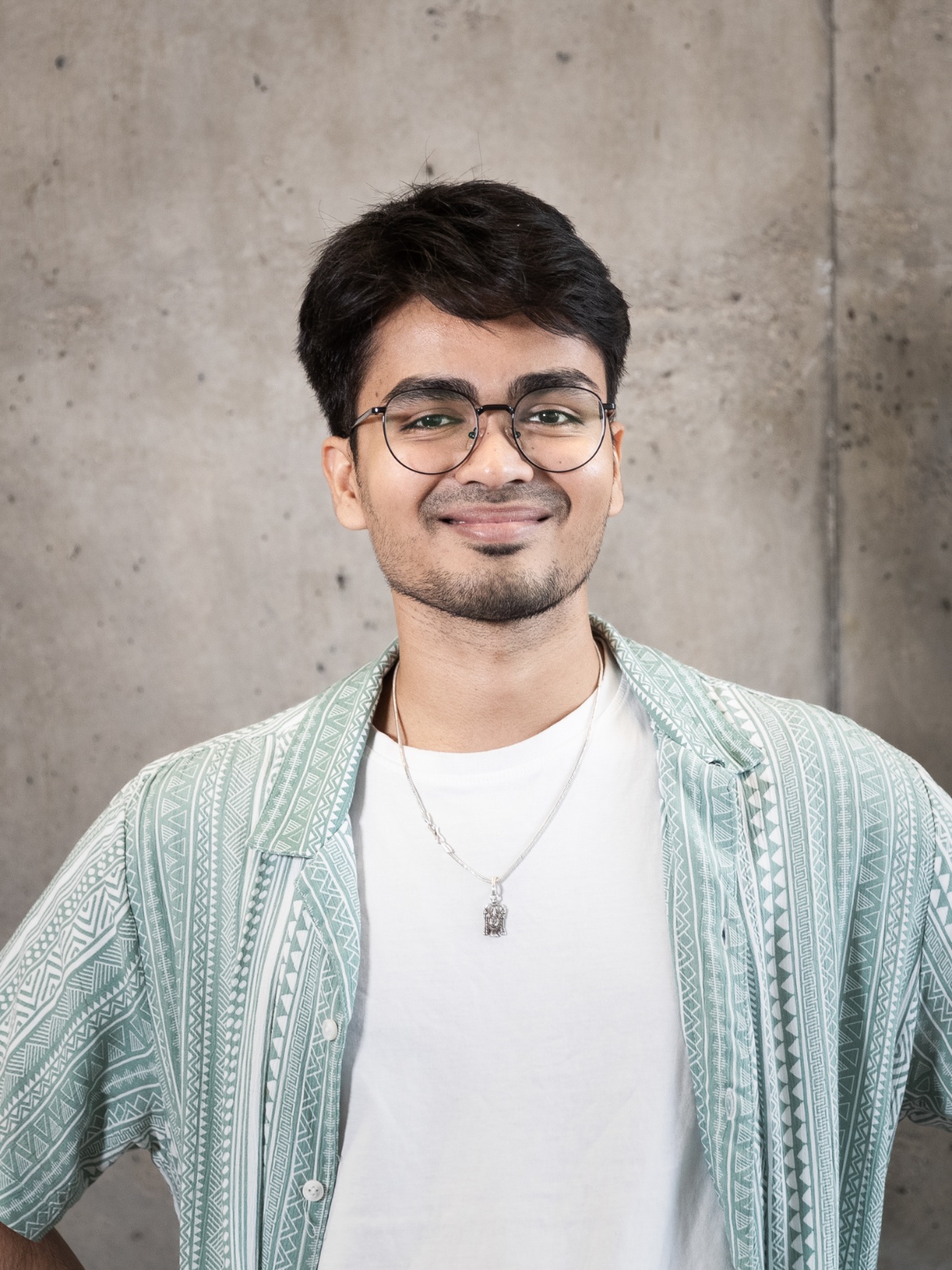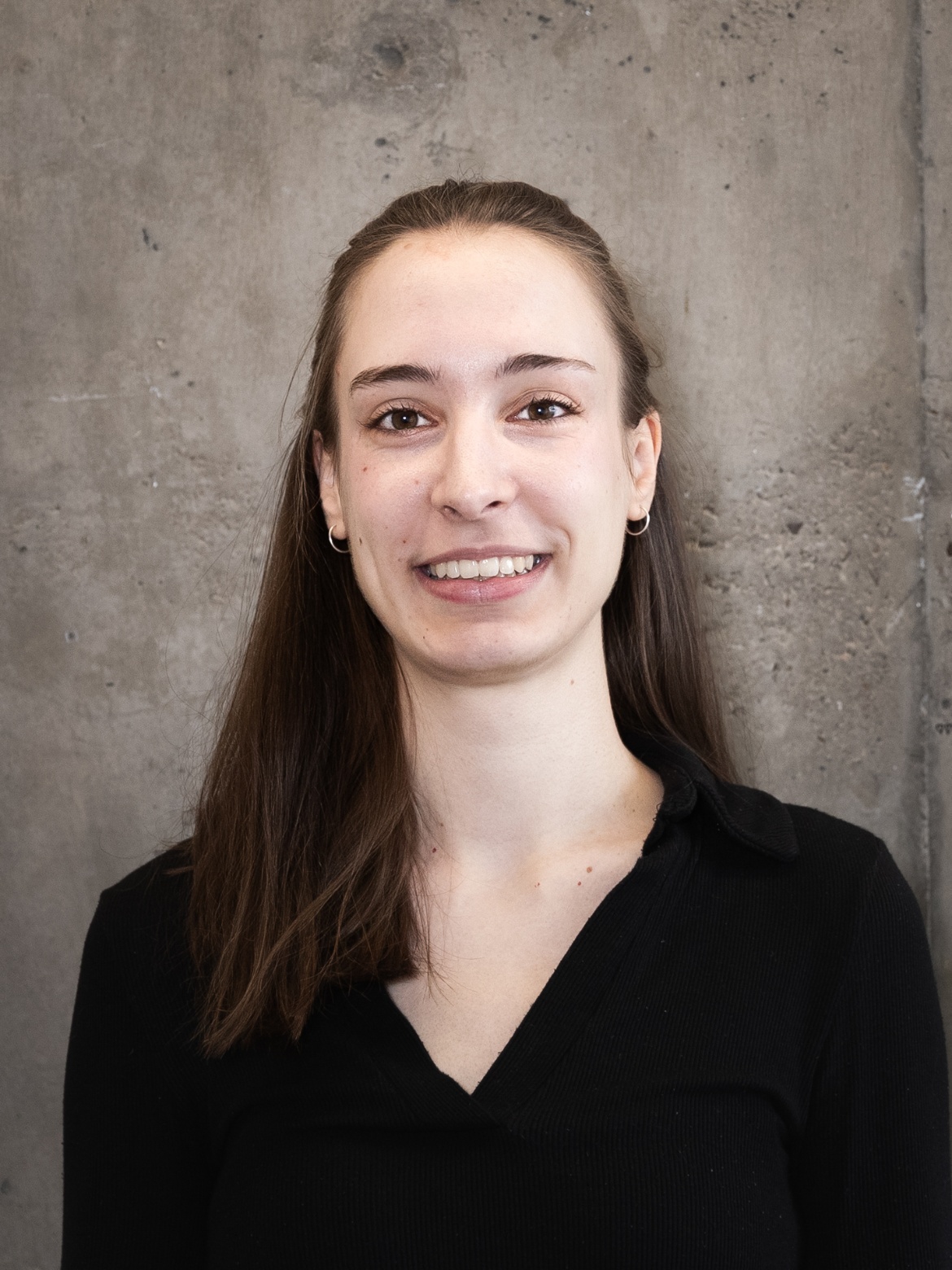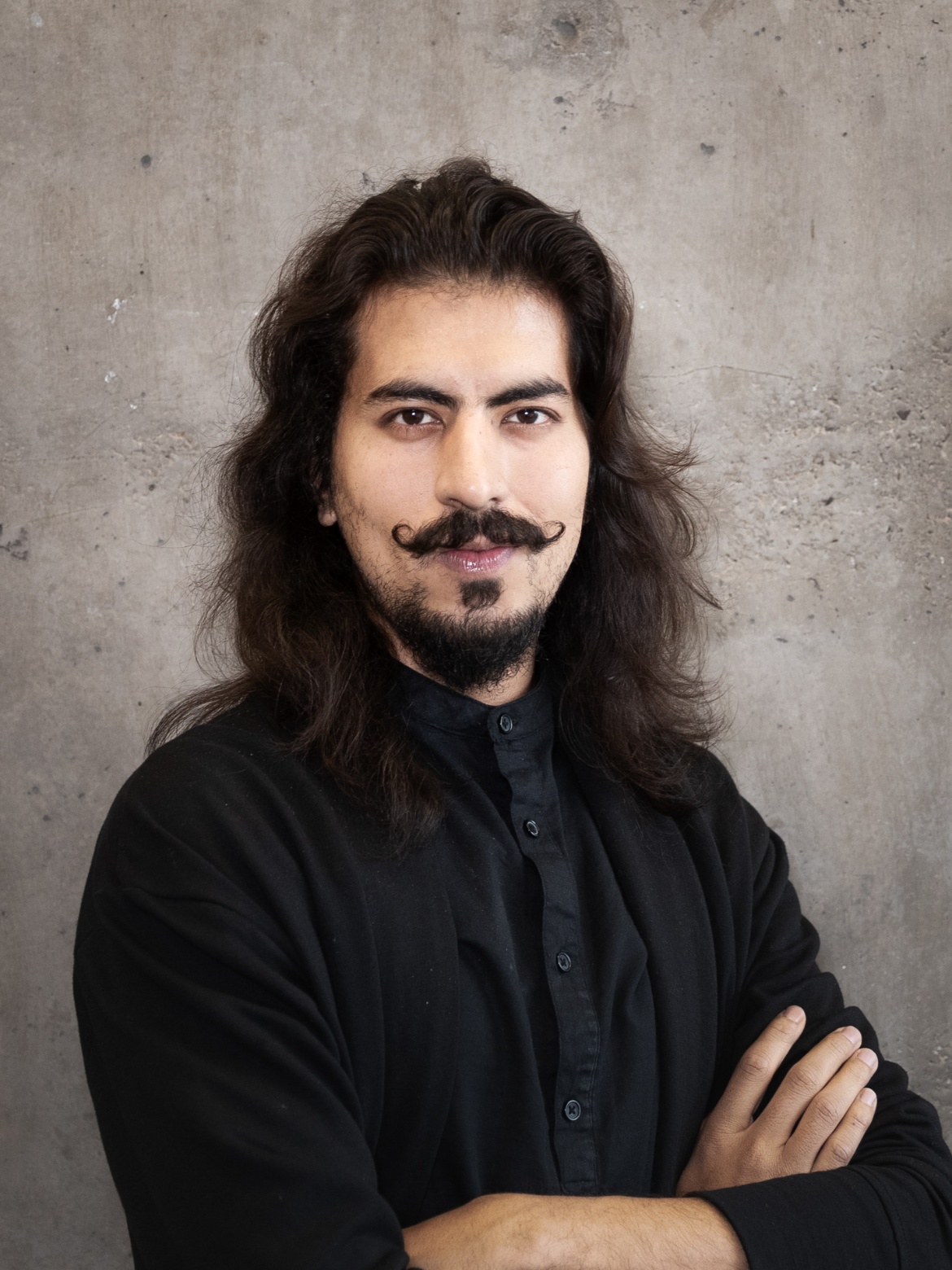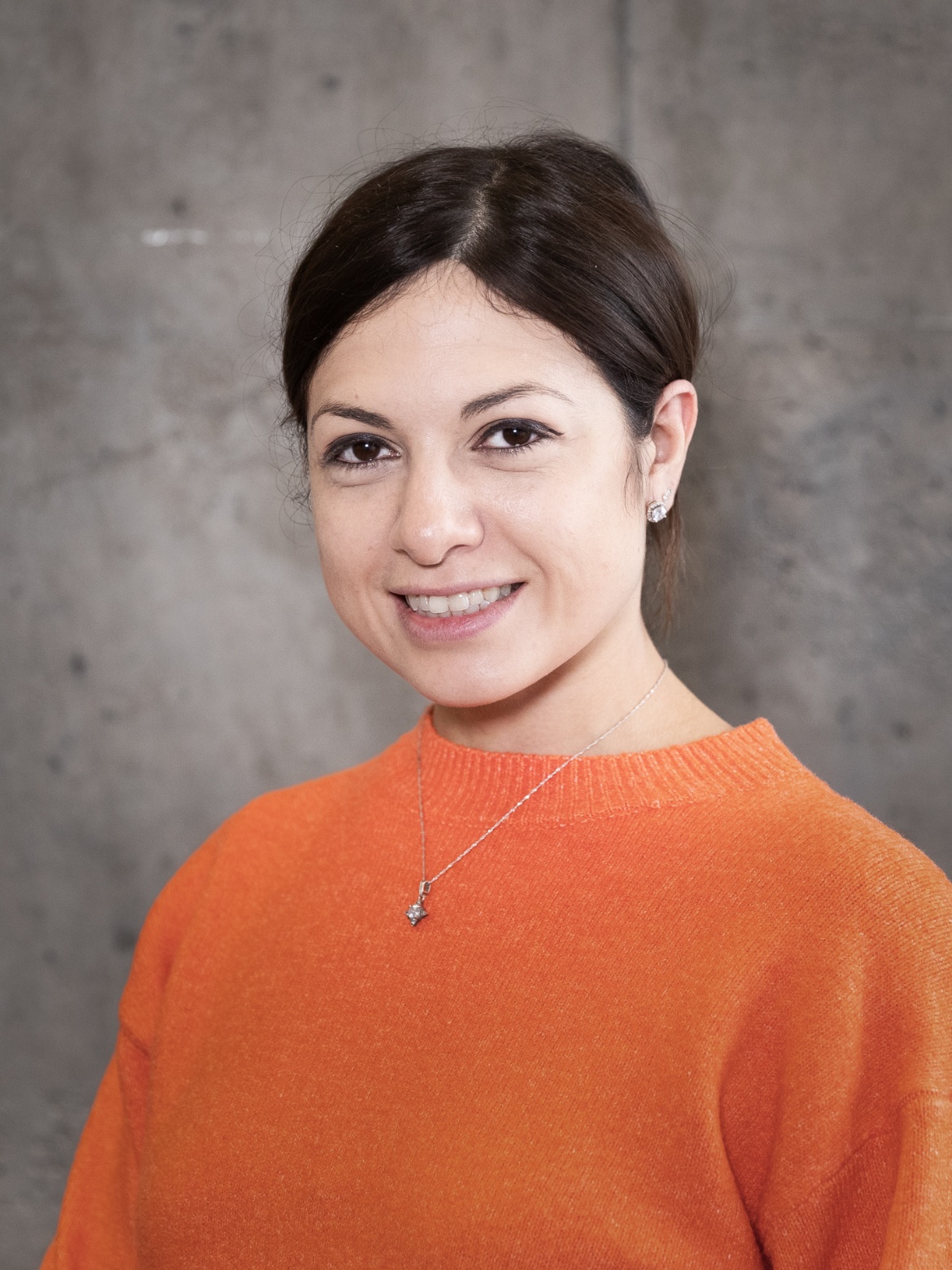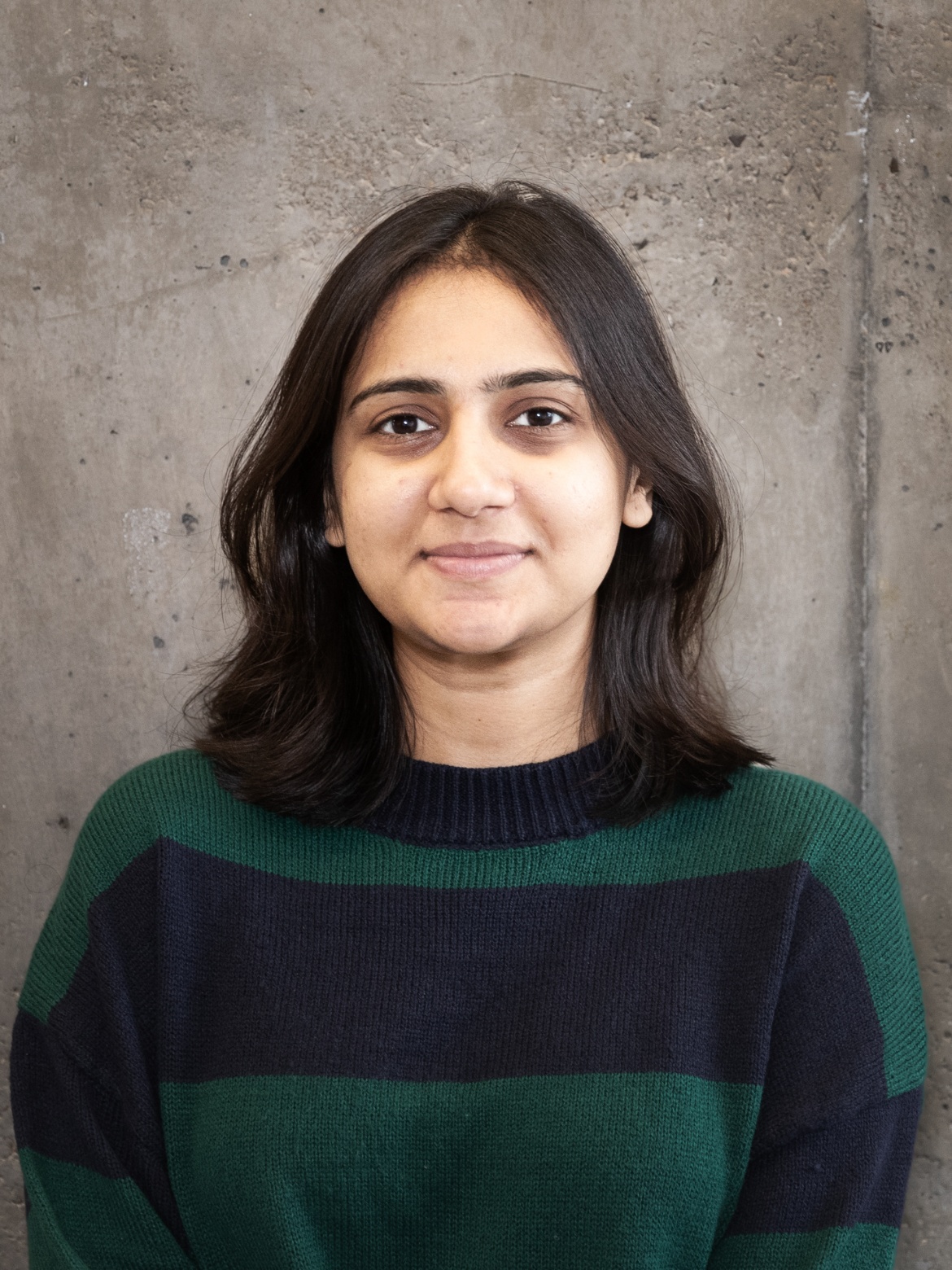Rabita Shakya
Rabita Shakya comes from the historic city of Kathmandu, Nepal. She graduated from Institute of Engineering , Pulchowk, Lalitpur in 2016 and worked on many commercial projects as an interior architect before joining Sustainable Mountain Architecture (SMA) in 2019. She enjoys working closely with communities, building relationships and not merely buildings. Her works are based in Nepal and India alike. Besides practicing architecture, she is a yoga practitioner, an avid reader and a travel enthusiast. After graduating, she would like to work in her home country, creating and managing next-generation public and urban spaces for the rapidly growing field of sustainable urbanism.
Md Arifur Rahman
Md Arifur Rahman is a young architect and academician, domiciled in Bangladesh, the largest active delta in the world. He received his Bachelor in Architecture degree in 2016 from Shahjalal University of Science and Technology (SUST), Sylhet, obtaining the first merit position. He was awarded the prestigious 'Certificate of Excellence' for his performance in the urban design and housing studios. His undergraduate thesis, 'Flood-resilient settlement by the modular prototype for the char areas of Bangladesh,' searched to overcome the vulnerable floodplain's environmental, societal and economic challenges, and received positive appraisals. Later, he worked as an architect at ‘Shatotto, Architecture for Green Living' with Ar. Rafiq Azam for one and a half years. He worked on several urban design projects, including award-winning projects in the UIA 2030 and Eurasian Prize 2020 for the urban development category. Since 2019, he has been involved in academic research and teaching at the department of Architecture, SUST in Sylhet, Bangladesh. In addition, he worked as the principal investigator and co-investigator in multiple collaborative research projects. His research interests include energy-efficient and environmental design, climate resilience and sustainability, designing in complex environments, and vernacular settlements and morphology.
Hina Noor
Hina is from Karachi,Pakistan. She obtained a Bachelor’s degree from Indus Valley School of Art and Architecture (Karachi-Pakistan) in Architecture. Her thesis idea was to propose an architectural solution where “Patterns of occupation determine its form and perception”; where static comes in contact with the kinetic. She explored spatial limits of open spaces and how they expanded to include formally imagined uses in areas with high densities.
She has worked as an architect at Arcop Associates (Karachi-Pakistan) where she gained professional experience of four and a half years. Her project experience includes large scale educational, corporate, healthcare, commercial, residential and mixed-use (mid to high-rise) buildings as well as design competitions and landscape design.
As an architect and a designer she feels it is her responsibility to come up with viable and comprehensive solutions to the problems her city Karachi has been facing for years. Her aim is to implement and fabricate the ideas learnt at IUSD program within the field of urban design. Where spaces can be dynamic and are not defined on a single realm, by reusing spaces for different purposes catering more than one function through different strategies.
Hien Vinh Cao
Hien Vinh Cao (Chim) was born in 1995 and is an Architect and Content Creator from Vietnam. He graduated from the Bachelor of Architecture program at the University of Architecture Ho Chi Minh City in 2018. He participated in a variety of design competitions and won the Gold Award at the Asian Young Designer Awards Vietnam with a project related to sea-level rising, which is also his biggest concern about what has been affecting his hometown since the start of the 21st century.
Vinh had over three years of working experience in architectural design at two firms: Vo Trong Nghia Architects and Saraiva + Associados Vietnam. His design background was mostly linked to green building design and building plantations. One of Vinh's strongest abilities is concept explanation and diagram-making, he is also capable of doing conceptual animation. Working in the architecture world has always been a dream for him because he loves the feeling of seeing new things forming and growing.
Besides designing, Vinh has a passion for exploring different cultures and creating content, especially relating to architecture, to share his journey and memory with friends and family.
Diana Mideros
Diana is an architect from Guayaquil, Ecuador and graduated in 2018 and has five years of experience in the public sector, specializing in Urban Planning and Land Use.
She served as the Chief of Public Space Regulation and worked on projects related to public space revitalization, post-pandemic public space reactivation, urban tree planning along cycling routes and creation of urban projects aimed at boosting tourism and the local economy. This included initiatives such as the development of the first Food Truck Manual in Guayaquil.
In addition to her public sector work, she also dedicated her skills to non-profit organizations focused on sustainable emergency housing construction for homeless families.
She has a profound interest in socio-economic issues, and she is passionate about traveling and learning from diverse cultures. Her background in both urban planning and humanitarian architecture, combined with her enthusiasm for global exploration, have shaped her commitment to creating sustainable, inclusive, and aesthetically pleasing spaces for communities worldwide.
Abiral Bhuju
Abiral was born in Chiba, Japan and raised in the increasingly urbanizing capital of Nepal, Kathmandu. He holds an undergraduate degree (Class of 2018) in Architecture from Sharda University, Delhi NCR, India. He was actively involved in various volunteering efforts of heritage architecture conservation after the devastating 2015 earthquake in Nepal. As part of his undergraduate course, he also interned in an international private non-profit conservation firm as well as in a private, sustainability focused architecture firm. After completing his degree, he worked for a design firm in Kathmandu for 5 years, focusing on private and commercial projects.
He is keen to learn contemporary sustainable design practices as well as urban management techniques during the IUSD program. Post IUSD, he wants to be able to tackle core issues pertinent to urbanism development and sustainability, wherever he may end up. He strives for a future where designs and plans are committed to creating harmonious spaces that coexist with the environment, rather than exploit it.
Beatrice Mhagama
Beatrice Mhagama born and raised in the coastal city of Dar es Salaam, Tanzania graduated with a Bachelor in Architecture in 2020 from Ardhi University, Dar es Salaam. During her studies she worked part time as an assistant urban Researcher for CityLab where her interest in understanding urbanization as a whole developed.
After Graduating in 2020, she worked with ALAMA Architecture and participated in projects that propelled her further towards Urbanism and Sustainable designs as a whole. Volunteering at TAWAH (Tanzanian Women Architects for Humanity) has also been a step forward towards being a part of great women and Change makers in creating Decent shelter for marginalized communities in Tanzania and providing Urban design solutions.
As cities in the Global South and in Sub-Saharan Africa continue to grow, we need to think Holistically and work across disciplines to understand local realities and contexts and to be open to transformative views about architecture and urban development. This is why she believes the M.Sc. in Integrated Urbanism and Sustainable Design is a great fit because it will help to acquire reflective and practical skills to develop integrated and transdisciplinary solutions for planning, managing and designing landscapes, cities and buildings.
Julia Cavalheiro Pinho
Julia (1996, Bauru, Brasil) graduated as an Architect and Urban Planner with a merit diploma from the Centro Universitário Sagrado Coração (UNISAGRADO) in 2020. Her academic journey was characterized by active participation in extracurricular activities, including social extension projects, undergraduate research, and a published article in an urbanism journal.
Throughout her studies, she became interested in understanding how cities work at different levels and how their planning profoundly influences people's experiences within urban spaces. Naturally, this subject was further explored in her bachelor's thesis entitled “Flaneur And The City: Walkability As A Structuring Element Of Urban Vitality”. In this project, she tackled the issues of active transportation in Bauru, Brasil, proposing an urban mobility plan that prioritized pedestrians and embraced the concept of walkability.
Now, as a part of the IUSD program, Julia seeks to acquire a deeper understanding of the interaction between urban environments and sustainable practices. Her goal is to design innovative and ecologically conscious projects that seamlessly integrate with the surrounding community, contributing to the enhancement of future cities, not just aesthetically, but also functionally and environmentally.
Teerata Preecha
Teerata Preecha (1994, Thailand) is an architect and received her bachelor's degree in architecture from Silpakorn University in 2018. Her thesis focused on the relationship between space and whether there is an overlapping of the usage to find the appropriate space between the area on many scales, from human to city scale.
During her 4th year at the university, she had an opportunity to collaborate with the Platform for Asian Architecture and Urbanism (PAAU) in Taiwan, which is a collaboration between universities from Thailand, Taiwan, Indonesia, and India. PAAU focuses on exchanging various urban situations in different countries and researching those situations. Since then, she has been interested in urbanism and how the city affects human life.
Regarding from her professional background, she has worked on various projects at a private architectural firm focusing on the real estate industry, especially housing and gated communities. Through this experience, she learned to collaborate with other disciplines. All of this resulted in physical products, which became not urban material but client oriented. So, she determined to pursue a professional in urban planning through the IUSD program.
Antonio Santa
Antonio is a Political Scientist who has always been involved in city-making processes in Colombia, from participating in street activism to working as a museum professional and academic researcher on social innovation. Besides, he has been obsessed with finding simple and functional solutions to complex social problems in urban settings.
During the last six years, Antonio has actively participated in interdisciplinary projects for the betterment of vulnerable populations in urban settlements, such as House of Memory Museum in Medellín and the Non-violence Secretariat of Medellín Mayor’s Office. Also, as an academic researcher (Pontifical Bolivarian University), he actively led the design and implementation of creative workshops with people affected by the Colombian armed conflict in Medellín’s urban context, such as ex-combatants and inmates.
He is looking forward to contributing to transform cities into more livable and inclusive spaces, specifically for those populations harmed by armed conflicts, exclusion and socioeconomic inequality. Antonio is eager to design and build cities that promote peacebuilding and restorative justice, both in Colombia and other cities worldwide. He wants to take an active part in the next generation of urban practitioners who address the current and future challenges we face as humanity. IUSD is a turning point in his career to accomplish this.
Karim Aziz
Karim Aziz (1999), received a Bachelor's degree in architecture and urban planning from the German University in Cairo “GUC” in 2022. His bachelor thesis project aimed to explore innovative approaches to urban development and design under the name of “rethinking the Nile” which takes into account the unique cultural, historical, and environmental significance of the Nile River, by applying sustainable practices and enhancing the resilience of the communities along the Nile. Nevertheless, taking into consideration strategies for energy efficiency, water conservation, waste management, and green spaces. After graduation he joined a fit-outs company as an R&D Engineer, to identify innovative techniques, materials, and technologies related to joinery. Moreover, he used to monitor industry trends and attend manufacturers' conferences to stay informed about advancements in joinery techniques, materials, and technologies. Despite that, his passion for understanding the complexities of urban environments and working towards creating sustainable, inclusive, and liveable spaces for people and actively engaging in the study and practice of shaping cities, pushed him to go the extra mile and apply for the IUSD program to delve deeper into various aspects of urban design theory, research, and practice.
Sumit Rahangdale
Sumit Rahangdale (Urban planner) is a graduate student from the School of Planning and Architecture Bhopal, with a keen interest in elementary abstractions of cities and experimental approaches to visualize and simulate urban complexities. He meticulously cultivated research skills during undergraduate years, delving into community dynamics through surveys and focus-group discussions. Engaging in interdisciplinary competitions within the realms of architecture, design, and engineering enriched his abilities in representation and design, empowering effective communication of intricate concepts through visual means.
An internship at the Nagpur Smart and Sustainable City Development Corporation Limited broadened his understanding of governance mechanisms and resource management, laying the foundation for the thesis titled "Planning for Underutilized Port Spaces." This thesis presents dynamic, people-centric urban spaces as innovative alternatives to exclusionary models.
Within the IUSD program, Sumit aspires to refine research acumen and translate insights from diverse urban settings into practical strategies. The transdisciplinary approach championed by the IUSD programme's esteemed faculty aligns seamlessly with his vision for exploring dynamic and responsive cities.
Upon graduation, he aims to comprehensively grasp the synergy between ecological and infrastructural landscapes for sustainable resource management, viewing the IUSD program as an essential stepping stone to professional and personal growth.
Pia Mauritz
Pia Mauritz holds a Bachelor’s degree in Urban and Regional Planning. Prior to her studies, she completed a twelve months voluntary service in Swakopmund, Namibia. Throughout this time, she strengthened her comprehension of urban challenges in the global south. Along with her subsequent study of urban and regional planning at the University of Kassel, she gained knowledge in different areas of urban and spatial planning. Within her studies, Pia spent one semester abroad at the University of Wisconsin, Greenbay (United States of America) extending her knowledge with additional perspectives on urban planning strategies and methods. Furthermore, she completed a five-months internship at “Pesch Partner Architekten Stadtplaner GmbH” in Stuttgart, gaining practical experience and insight into complex planning tasks related to urban development and urban land-use planning in Germany. Her bachelor thesis dealt with violence prevention in Cape Town, South Africa. In cooperation with the VPUU-program she focused on to what extent community buildings, as spaces for sharing, contribute to the prevention of violence.
Umar Naeem
Umar (1995, Quetta, Pakistan) is an Architect. He graduated from National College of Arts, Lahore (NCA, Lahore). His passion for architecture led him to explore the potential of urban design and its transformative power, particularly in addressing the challenges of disintegrated urbanism of Quetta. This journey culminated in his Bachelor's thesis, titled "Citizens Design Manifesto," which aimed to use architecture and urban design as a tool to rectify the urban disarray and create more democratic public places. During his undergraduate studies along with his peers he participated in prestigious Venice Biennale in 2017, where they presented a short film, highlighting the diversity in the built environment of Lahore. Furthermore, he also worked with a group of urban activist on the project known as “Invisible Citizens,” where he conducted research on identifying the patterns of space habitation among the Marginalized citizens of Lahore and got a chance to exhibit his work at Alhamra Art Gallery, Lahore. After graduation, alongside his architecture practice at Interform Design Group (IFDG), he actively worked with small private afforestation organization based in Lahore known as Restore Ecosystems, where he successfully designed and planted Pakistan’s first Miyawaki Urban Forest. Furthermore, He decided to impart his knowledge to students - teaching Design Studio and Sustainable Systems at his alma mater. Umar's diverse journey showcases his dedication to architecture, urban transofrmations, and sustainability. He concludes this journey at IUSD, aiming to deepen his understanding of broad perspectives on social integration through urban design along with environment-responsive strategies to develop more informed, sustainable solutions.
Mariana Julve
Mariana, born in Argentina, holds a Bachelor degree in Architecture from the National University of Tucumán. Since the early stages of her studies, she showed a strong interest in the social and urban dimension of architecture, leading her to focus her Final Degree Project on redeveloping a deteriorated urban area. After completing her studies, she became a private tutor for the urbanism courses at the same university, actively promoting urban awareness and the importance of considering the broader impact of architectural projects. She encouraged in her classes the discussion of topics such as sustainable design, public urban policies, and citizen’s involvement in public planning decisions. In the following years, she joined a project for the construction of a gold mine in the north of Argentina, gaining firsthand experience in territorial planning in challenging environments. Her decision to enroll in the IUSD program is driven by her desire to gain the skills required to address environmental, cultural, and socio-economic challenges in future projects. Her ultimate goal is to contribute to the creation of better, more resilient and inclusive cities, framing her architectural expertise in a deep understanding of the ever-evolving urban dynamics.
Shivani Jardosh
Shivani's journey in architecture is deeply rooted in the historical and cultural tapestry of Ahmedabad, Gujarat, India, the country's first heritage city. Her quest for knowledge and passion for sustainable urban development have been the driving forces behind her academic and professional endeavors. In 2022, Shivani proudly graduated with a bachelor's degree in architecture from Gujarat Technical University, equipping her with a strong foundation in architectural principles and urban planning. Throughout her career, she had the privilege to contribute to numerous urban projects, a journey that kindled her profound interest in "Urbanism." These practical experiences opened her eyes to the complexities and possibilities of creating vibrant and functional urban spaces. Shivani's academic pursuits have not only instilled her with architectural expertise but also nurtured a deep commitment to sustainability. She firmly believes in the responsibility of preserving and enhancing our resources for the well-being of future generations. Her intrigue for "sustainability development" was further piqued through her active participation in workshops and seminars, such as "Rammed Earth" and "Mud and Mirror." It was in these immersive experiences that she unearthed the concept of "Vernacular architecture" and grasped the pivotal role of climatology in architectural design. Shivani's conviction that the International Urban Sustainable Development (IUSD) program will empower her to advance her skills in urban development and apply the principles of sustainable architecture is resolute. She envisions herself playing a pivotal role in shaping future-ready, eco-conscious cities. Her journey and dedication mark her as a promising candidate poised to leave an indelible mark in the world of sustainable urban design.


